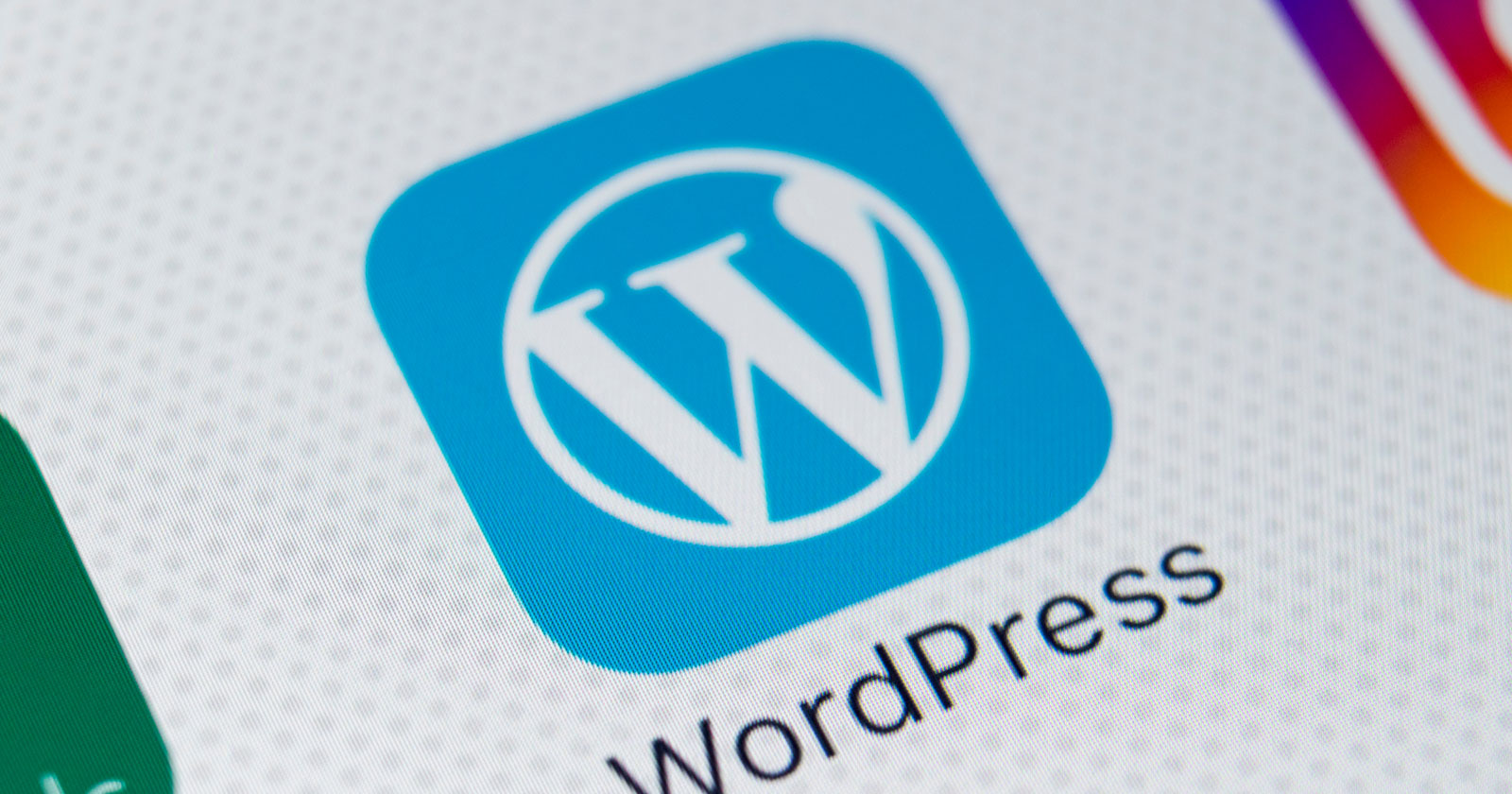SEO
WordPress 5.9 With Gutenberg Is The Future of Publishing

WordPress 5.9 code-named Josephine has been released. The big news about 5.9 is that Gutenberg finally has full site editing capabilities which means that Gutenberg is ready to be used in a live publishing environment.
WordPress Gutenberg is the future of content management and with the release of WordPress 5.9 that future is right now. So it’s definitely time to consider exploring what Gutenberg has to offer. You may find that sites load up faster, are easier to design and because of a better user experience may help you exceed your business goals.
Should You Wait Before Trying WordPress Gutenberg?
Some may feel that it might be safe to wait a few months or longer before downloading and using Gutenberg. That’s a reasonable approach to adopting new technologies.
However, Gutenberg is not a new technology. Gutenberg has been “in the works” beginning since November 2017 and has been in continuous development ever since.
So there is actually no need to worry about Gutenberg being new because it’s not actually new. The new site editor is in reality a fully mature product.
Sections of the full site editor have been released and tested over the intervening years until today with the release of WordPress 5.9.
Gutenberg has finally reached full site editing status and is ready to be used for live production sites.
In fact, sites are already being built with Gutenberg and there are many templates available for it right now.
If you’ve ever used a page builder like Divi or Elementor then you’re going to feel comfortable using the new Gutenberg full site editor.
The idea behind Gutenberg is to make building sites easier. So there’s a lot of incentive to adopt Gutenberg and get ahead of the curve.
Perhaps the most prudent step is to create a staging area for becoming familiarized with Gutenberg, either online or on your computer with a desktop development environment like Laragon that simulates a web server.
Gutenberg Navigation Block Editor
Customizer Gone When Using Gutenberg
The old way of customizing a WordPress page was to open up the Customizer on a completely different web page in the administrator section.
For those who choose to use Gutenberg, in place of the old customizer, they are now freed up to use the site editor.
The site editor can be used to style the entire website or a single template.
Those who have used a page builder will understand blocks immediately.
The block paradigm essentially divides a web page template into sections that are called blocks. A web page template is simply a group of blocks that are organized to form the design and then styled with fonts, colors and images. Every block has styling options for fonts, layout and colors.
WordPress Default Block Theme
With the release of WP 5.9 comes a new default block-based theme named, Twenty Twenty-Two (2022!). It’s a good place to begin getting accustomed to the new block-based full site editor.
WordPress announced that version 5.9 improves on the publishing flow:
“WordPress 5.9 features new typography tools, flexible layout controls, and finer control of details like spacing, borders, and more—to help you get not just the look, but the polish that says you care about details.”
It also features a Pattern Directory that can help publishers swap in premade blocks that can be customized. WordPress 5.9 contains drag and drop functionality that makes it easy to place page elements where you want them.
“In 5.9, the List View lets you drag and drop your content exactly where you want it.
…Style every image in your gallery differently, or make them all the same, except for one or two. Or change the layout with drag-and-drop.”
That said there are many other free and paid Gutenberg compatible templates like those from Astra and GeneratePress.https://wordpress.org/themes/astra/
Learn How to Build Sites with Gutenberg
WordPress has published a web course titled, Simple Site Design with Full Site Editing, that teaches publishers how to build sites with Gutenberg.
Some may feel hesitant to trying out the latest and newest version of anything and that’s understandable.
Gutenberg may be the latest and newest but it’s been around for years and is ready for action.
Considering that this is the future of WordPress it makes sense to take a look around to understand what it’s capable of and how it can benefit your business.
Citations
Read the Official Announcement
Learn How to Build with Gutenberg
Simple Site Design with Full Site Editing



















You must be logged in to post a comment Login